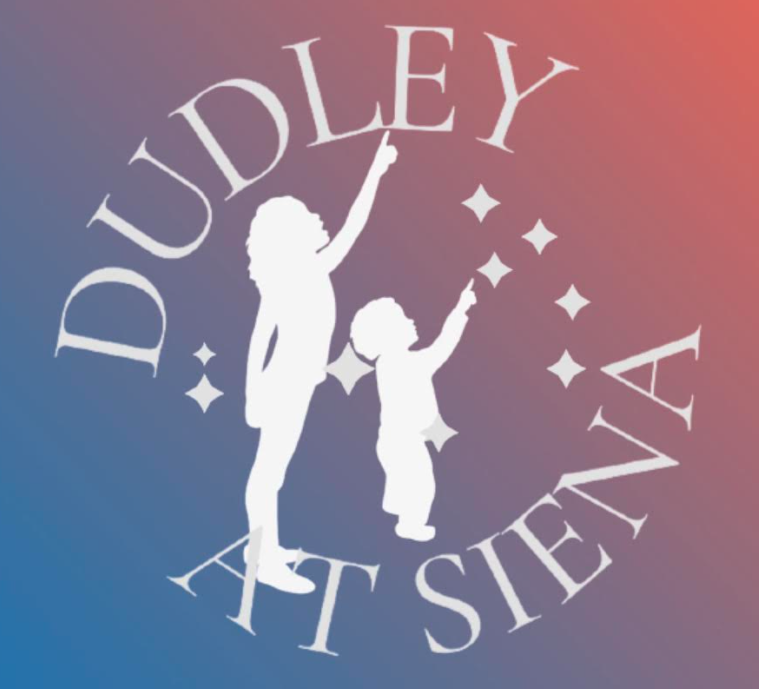Skywatch Line for Wednesday and Thursday, August 20 and 21, 2025, written by Alan French
This is Dudley Observatory’s Skywatch Line for Wednesday and Thursday, August 20 and 21, 2025, written by Alan French.
The Sun rises at 6:07 A.M. on Wednesday and sets at 7:47 P.M. On Thursday it rises at 6:08 A.M. and sets at 7:49 P.M. Thursday lost just over 18 minutes, 17 seconds of daylight compared to last Thursday.
The Moon was at last quarter early on August 16, last Saturday, and is now moving toward new. A slender, crescent old Moon will join Venus and Jupiter in the morning sky before sunrise. At 4:30 A.M. on Wednesday Venus will be 17 degrees above the horizon and Jupiter will be 8 degrees above and slightly right of Venus. A 9% sunlit Moon will be to the upper left of Venus, 4 ½ degrees away. Also note Pollux less than three degrees to the left of the Moon and slightly higher, with its twin, Castor, to its upper left, 4 ½ degrees away. The grouping will be a lovely sight and great for photographers.
Thursday at 4:30 A.M. the Moon will be a very thin crescent, just under 4% sunlit, and only 4 degrees high in the east northeast. It will be almost 12 degrees to the lower left of Venus, (A fist held at arm’s length spans 10 degrees across the knuckles.) By 5:00 A.M. the Moon will be nearly 9 degrees high and easier to spot without interference. Mercury, at magnitude -0.8, will be 5 degrees below the Moon and slightly to its right, just under 4 degrees above the horizon. You will need a clear view of the horizon to spot it. If the skies are hazy, binoculars may aid your search.
Last week we wrote about Lyre and the famous double-double, Epsilon Lyrae, and it remains high in the southeast at 9:45 P.M. The constellation Lyre hides another gem, the Ring Nebula, and provides fine guideposts for finding it to enjoy through a telescope.
The parallelogram of stars hanging to the lower right of Vega is the key to finding the lovely Ring Nebula. It lies very close to a line running between stars marking the short side of the parallelogram farthest from Vega, but a bit closer to the northern star, Beta Lyrae. If you look between the two stars, a bit closer to Beta, with a telescope at 30 to 50 magnification, you should spot a tiny ring. It is well known because it is easy to see and easy to find. It shows well at higher magnifications in larger telescopes, and is very photogenic. A web search will turn up many images.
The Ring Nebula is also known as M-57, meaning it is the 57th object on a list comet hunter Charles Messier and his colleague and friend, Pierre Méchain, made of permanent objects in the night sky. Today’s version of this list, the Messier Objects, includes 110 deep sky objects, star clusters, nebulae, and galaxies, that are often a rite of passage for budding amateur astronomers. How many have you seen? All can be seen, although some not well, in binoculars under dark skies. (In a typical home binocular, magnifying 6 to 8 times, I can see the Ring Nebula, I can not tell it is not a star.)
